MinIO Hybrid Cloud Object Storage Available on Red Hat Marketplace
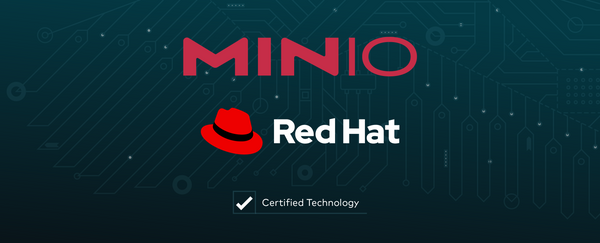
Build enterprise hybrid and multi cloud object storage with MinIO and Red Hat OpenShift
Read more
Build enterprise hybrid and multi cloud object storage with MinIO and Red Hat OpenShift
Read more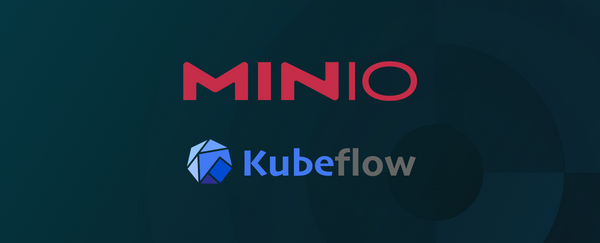
Learn how to run Kubeflow on Azure Kubernetes Service with MinIO.
Read more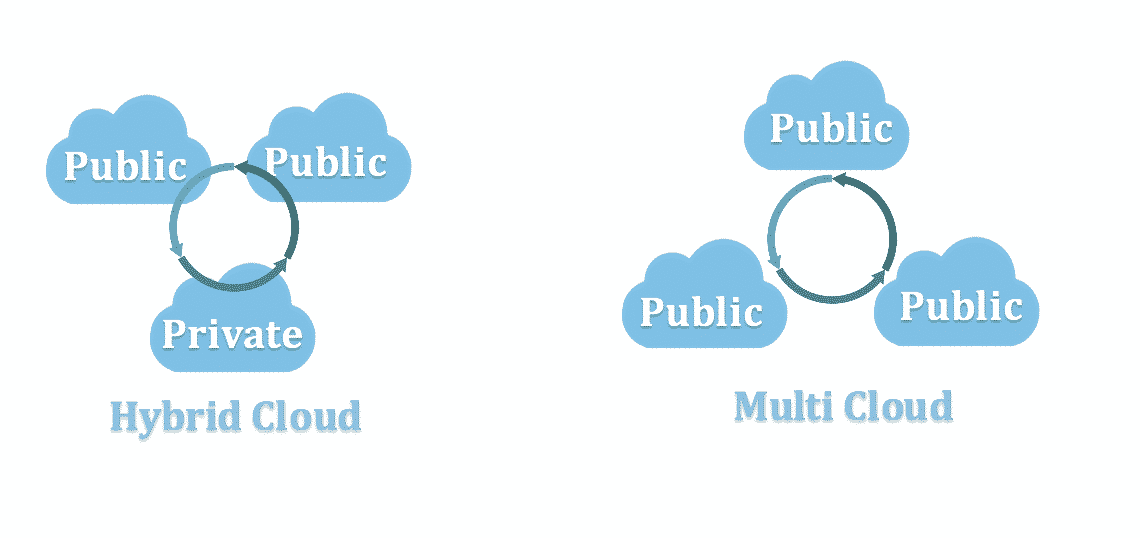
What Amazon Web Services has done is truly remarkable. Over the better part of fifteen years they have built a business with an annual run rate in excess of $45B. Underpinning that remarkable growth is storage – specifically S3, launched back in 2006. S3 revolutionized the storage industry and the S3 API is now the standard in the cloud, replacing the
Read moreLearn how MinIO uses identity access management to protect objects stored across clouds.
Read more
The line between hybrid cloud and multicloud is blurry at this point. The hybrid cloud is certainly more expansive in its definition (public, on-prem, edge). The multi-cloud generally refers to multiple public cloud. What makes it blurry is that the cloud is a mentality - not a physical location. As a result, we see the terms used interchangeably these days.
Read more
Every company needs to have climate change as a part of their business plan. Think of it as a contract with society at large. MinIO has taken great pride in developing a culture that thinks about big problems, demonstrates empathy and values kindness. It has served us very well. When we think about these larger, societal issues, we don’t
Read moreMinIO is a proud sponsor of Cloud Native Data Management Days [https://cndmday.com/] (CNDM Days) - a community initiative designed to bring together Kubernetes and cloud native data management enthusiasts. Featuring one day virtual events ahead of Kubecon Europe and Kubecon, the CNDM days feature a superb array of speakers from across the spectrum - developers, analysts, architects and
Read more
With RELEASE.2021-05-11T23-27-41Z [https://github.com/minio/minio/releases/tag/RELEASE.2021-05-11T23-27-41Z] MinIO has completed its transition to the GNU Affero General Public License v3.0 (GNU AGPL v3) license, meaning that the server, client and gateway will also be licensed under GNU AGPL v3. You can read more about the license from Free Software Foundation [https://www.gnu.org/
Read more
When you think about the cloud, it helps to think about the types of businesses that have been built with elastic compute, networking and storage as a foundational component and self-service/multi-tenancy as the vehicle for customer engagement. For the most part, those businesses succeeded at scaling by focusing their efforts on building their product, almost exclusively on a single
Read more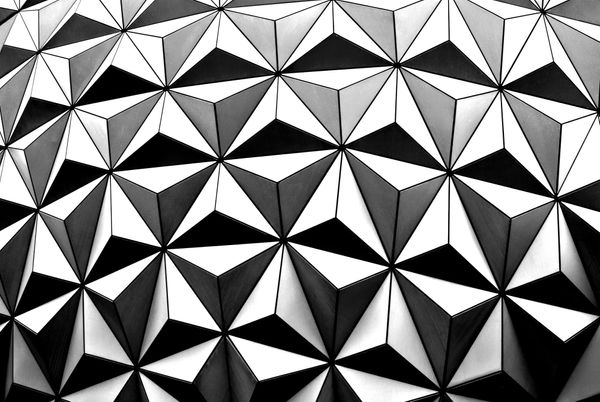
Lots of object storage companies like to talk about scalability while tossing around terms like exabytes and “infinite.” Unfortunately, many of the terms used to describe scalability make grandiose and misleading promises that don’t help enterprises build an effective storage platform. Claims made around the simplest use case, static archival data, aren’t translatable to the entirety of use
Read more
SUBNET is the commercial engine of MinIO. It is how production instances of MinIO are consumed, from startups to the most valuable technology companies in the world. SUBNET combines a commercial license (important for the AGPLv3 obligations) with a unique support model that delivers 24/7/365 direct-to-engineer support through a MinIO-built portal that blends the best of Slack and
Read more
Object-storage-as-a-service is a game changer for IT. For the better part of a decade, IT has watched as developers provisioned object storage for emerging applications on the public cloud - driving much of the adoption of this medium. This creates many well-known issues for IT. This is not a simple control issue, it is a broader and much more critical
Read more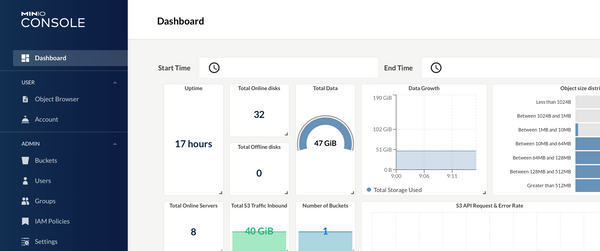
Intuitive GUI simplifies deployment and management of multi-tenant object storage using Kubernetes
Read more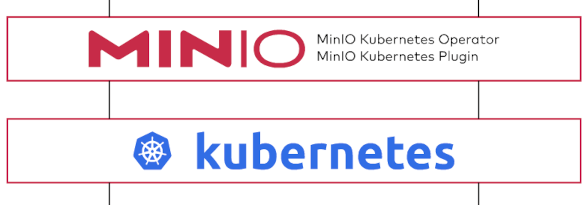
MinIO for Kubernetes promises portable and performant object storage for DevOps and IT teams.
Read moreSynopsis: A signature verification bypass vulnerability against the MinIO server was discovered and has been fixed in RELEASE.2021-03-17T02-33-02Z [https://github.com/minio/minio/releases/tag/RELEASE.2021-03-17T02-33-02Z]. Severity: Medium Who is affected: All users of the MinIO server version before RELEASE.2021-03-17T02-33-02Z affected. Users access MinIO over TLS are not affected. Recommended Action for Users: All users are advised
Read more
As we ease into 2021, there are a few technology vectors that are dictating the conversation for IT architects. The dominant one is Kubernetes. Related, and quickly becoming “standard,” is the hybrid cloud. The challenges inherent in an architect's role are only compounded when planning for the hybrid cloud. First, it is new and marketing has a tendency
Read more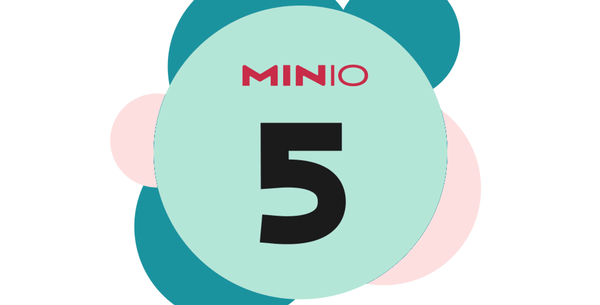
Today marks a special anniversary for MinIO. It has been five years since we had our first GA release on GitHub. The journey to that point and from that point (5,396 commits later) has been nothing short of amazing and we wanted to take a quick moment to recap our thinking when we started and where we are now.
Read more
With the GA of VMware VCF 4.2, MinIO and VMware's Data Persistence platform just got really easy to deploy. So let's get started.
Read moreSynopsis: A server-side request forgery (SSRF) vulnerability against the MinIO server was discovered and has been fixed in RELEASE.2021-01-30T00-20-58Z [https://github.com/minio/minio/releases/tag/RELEASE.2021-01-30T00-20-58Z]. Severity: Medium Who is affected: All users of the MinIO server version RELEASE.2019-12-17T23-16-33Z or newer are affected. Users that have disabled the MinIO browser UI are not affected. Recommended Action
Read more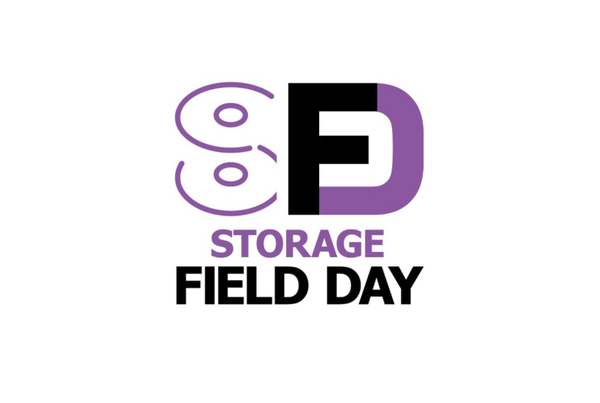
As we said in our opening, we love Storage Field Day because it is a chance for us to reflect on our accomplishments while forcing us to confront our future. We say confront because the delegates at SFD are among the brightest, politest group of skeptics you are likely to encounter. They push you for answers, they challenge you for
Read more